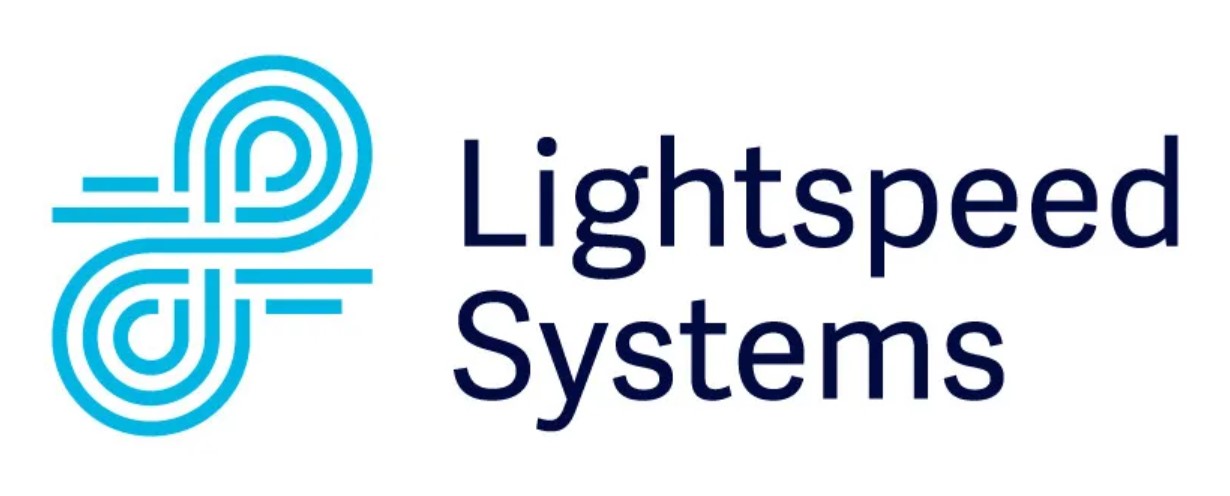
Education leaders recently met at an event sponsored by Lightspeed Systems in Sacramento, California, to discuss AI in education, including its implications for students, teachers, workflow, and data privacy.
“There was a diverse set of philosophies around the use of AI in districts,” said panelist Jason Borgen, Chief Technology & Innovations Officer (CTiO), Santa Cruz County Office of Education. Some districts are treading lightly around AI use, either banning or discouraging it, while Borgen and the districts he works with are taking a different approach. “We're in the mindset with the schools that we serve and support, ‘Let's try it out and pilot it and test the waters with it,’” he said.
In the past, teachers have had concerns about using search engines, spellcheck, and email with students, but over time they have learned how to navigate these once-new technologies. To do that with AI, Borgen said educators have to get used to experimenting. “Life sometimes is R&D, and in our work as educators we need to research and develop how things can work for our own use and our own programs,” he said.
Protecting Data Privacy While Using AI
When using any technology at schools protecting students’ data privacy is paramount. Even though AI tools often save questions and inputs to add to their data training set, Borgen said that interacting with these is not all that different from inputting information into a search engine.
“It comes down to just digital literacy,” he said. “Don't share personally identifiable information about yourself or students.” That goes for any digital tool that isn’t vetted and doesn’t meet your district's privacy requirements, whether it's a generative AI tool or a search engine.
Even so, Borgen says it is okay for teachers to input student work into an AI model as long as that work does not contain identifiable information regarding that student.

Use AI Effectively With Students
Teachers who work in different subject areas often have different views of utilizing AI technology. For example, “The high school English teachers are somewhat conservative around their use and are concerned about cheating,” Borgen said.
The trick is figuring out how to utilize AI in a manner that familiarizes students with this important new technology and prepares them for careers that will likely require them to interact with AI, all while also protecting academic integrity.
For those English teachers worried about cheating, Borgen advises against using AI detection tools due to the unreliability, and instead suggests building assessments that are more AI-proof.
“Evaluate small chunks of information rather than large summative approaches to writing because then you can really tie in student voice to that,” he said. “Make sure students build connections to their life, because, obviously, AI cannot get into a student’s body to understand their life and mind. So when creating assignments, make sure there are those variables that AI cannot generate.”
Use AI to Save Teachers' Time
Several AI tools are already being used by teachers Borgen works with to increase efficiency. These tools can do things such as watch YouTube or other videos and then create transcripts, questions, and instructional activities based upon the video, Borgen said. Others can help teachers generate lesson plans, create IEDs, and more.
Borgen stresses that teachers need to curate the use of these tools. “Treading lightly though, these are all brand-new tools, so spend some time making sure it's valid and correct,” he says. “The idea is not to replace the human, but really give the human a catalyst to consider ideas that they may have not thought of before.”
Go here to find out more about Lightspeed Systems








